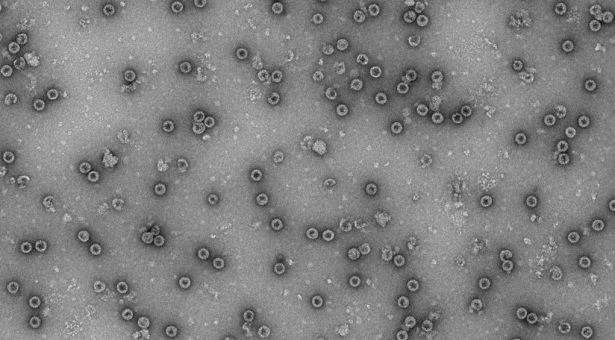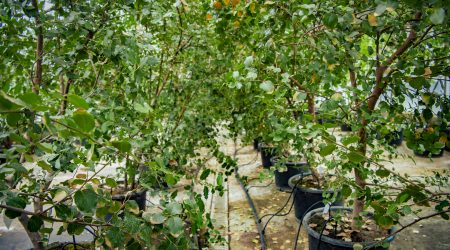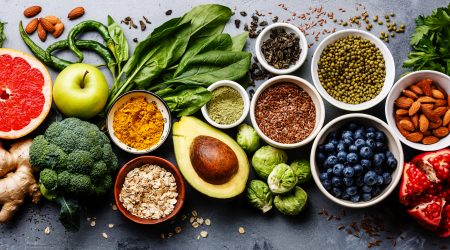Working on SARS-CoV2 Virus-like Particles (VLPs); introducing Dr Hadrien Peyret and Dr Jae-Wan Jung

As potential Covid-19 vaccines appear on the horizon, we sat down with Postdoctoral Scientists Dr Hadrien Peyret and Dr Jae-Wan Jung, to discuss their work on virus-like particles.
What are ‘virus-like particles’ and could they help in the quest to end the SARS-CoV2 pandemic?
Hadrien – “Virus-like particles (VLPs) are basically structures that are derived from viruses and crucially, to the immune system, look like viruses – but they’re not viruses, because they don’t contain infectious genetic material.
A virus in its simplest form, is a protein shell full of genetic material. Immune systems recognise the shape of the shell, so virus-like particles are potentially useful as vaccines. Because they look like a virus, the immune system will confront them and produce the necessary antibodies to fight them off. However, unlike live viruses, because they don’t contain the necessary DNA or RNA to reproduce, they aren’t able to replicate and infect their host. Making them a safe alternative to a live virus based vaccine.
As far as the virus is concerned the shell is just a vehicle that allows it to travel from one host to another, or one cell to another. The actual ‘virus’ part is the nucleic acid contained within the shell, that’s the bit that can replicate and spread.
To make a virus-like particle, we take one, maybe two or three genes from the genome, a tiny portion, and we just choose the bit that is responsible for coding the protein shell. If we express that, which we do in plant cells, then the genes will make the structural proteins, what we call the capsid. What you then get is just the protein shell.
Because we only need the genes that code for the shell, we never actually need to handle the live virus itself, so virus-like particles have this double safety feature, in that they don’t contain the live virus, so aren’t infectious and to create them in the first place, you don’t need to handle the live virus.
As such, virus-like particles have been increasingly popular for vaccine production, since the first one was created for Hepatitis B back in the 1980s. More recently, virus-like particles were developed for the Human papillomaVirus, which have been very successful.
Jae-Wan – “I am studying SARS-CoV2 Virus-like Particles made in Nicotiana benthamiana.
Although other groups have introduced brilliant vaccines or medicines already, having multiple types of vaccines would help us deal with problems such as any potential future mutations of this Coronavirus.
Back when this pandemic began, I was studying pig Coronavirus VLPs here at the John Innes Centre. In a bid to help the global scientific effort, I switched my focus from pigs to the SARS-CoV2 project.
The project is attempting to produce SARS-Cov-2 Virus-Like Particles to support the development of vaccines for COVID-19.
So far, I found several spiky structures that look like typical coronavirus in high-resolution electron microscopy images (we call them VLP-LPs; Virus Like Particles – Like Particles). Now, I am trying to purify these particles to prepare the more concentrated and purer samples to test their antigenicity or ability to binding with ligands.
I always wanted to be a scientist growing up, so studying coronavirus is both very exciting and interesting, because I feel like I am a scientist who does research that directly helps people.
Before I joined the John Innes Centre, I was a researcher in South Korea, where I studied production of recombinant therapeutic proteins and N-glycan engineering in plants.”
Hadrien – “The thing I love about science is that there isn’t really a failure, because everything we learn is adding another brick to the big edifice of science. You do some research, you discover something and you publish it. It may not be eye-catching or get anyone’s attention, but every paper we publish adds to human knowledge forever.
I have always loved that about science, it always goes forward. It might go forward to a dead-end, but you have gone forward nonetheless, and you don’t know what’s going to work and what’s not going to work, but whatever the result it is always useful to some extent”



